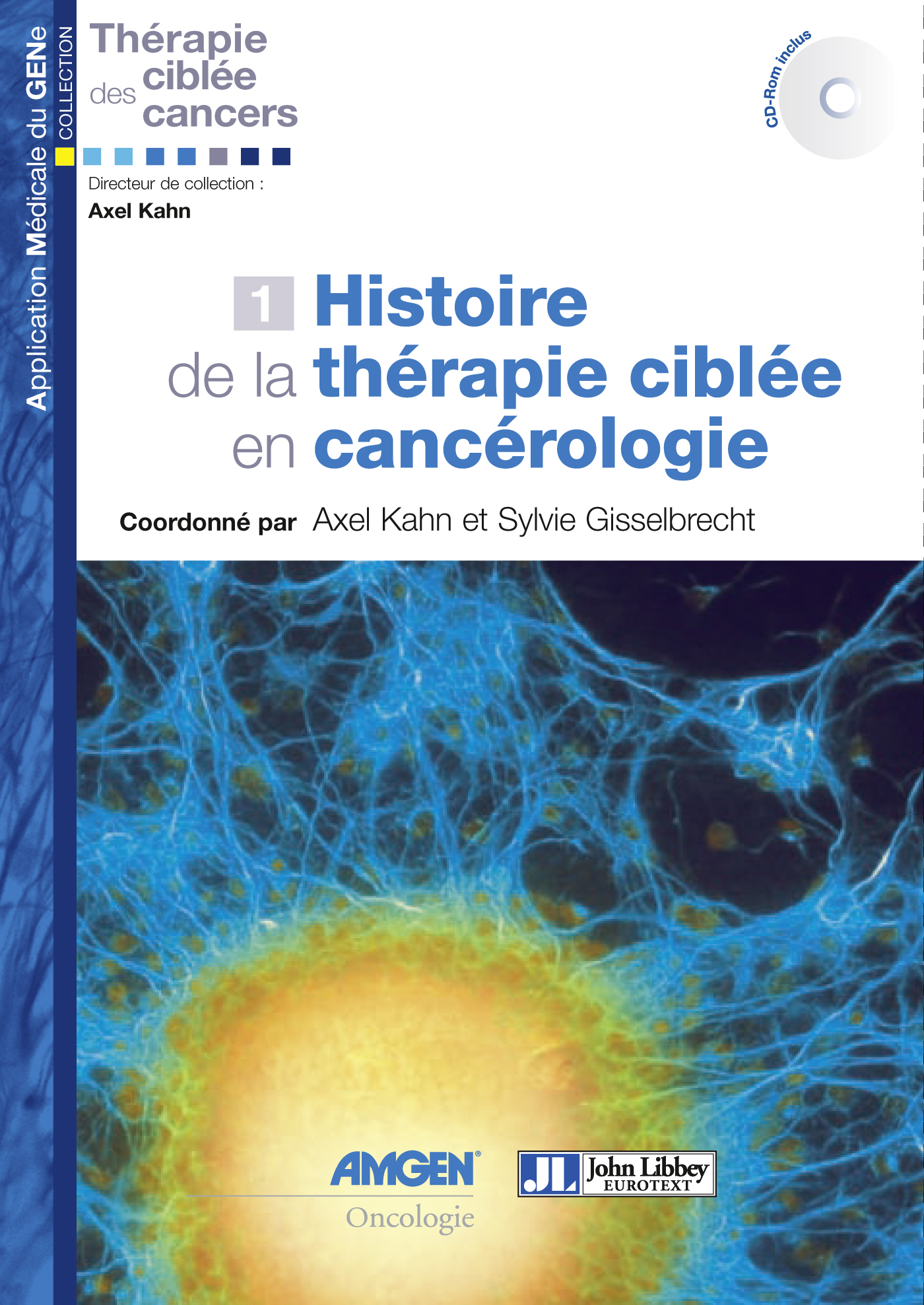(for every order > 35€)
Be precise, effective and specific and destroy the target without collateral damage: this is how the aims of the targeted cancer therapies discussed in this series could be summarised.
This first volume deals with the history of the concept, its validation and the first memorable targeted cancer therapy successes.
It includes:
– the history of the development of our understanding of cancers and their treatment
- the circumstances leading to the development of the first anti-tumour monoclonal antibody, the lymphocyte B CD20 marker
- the conditions under which hormone therapy emerged and was developed
- the development of the first antibody directed against an oncogene, the ErB2 protein which is hyperexpressed during breast cancer
- the saga of the treatment of promyelocyte leukaemia with retinoic acid and then with arsenic
- an extraordinary breakthrough: the synthesis and demonstration of the efficacy of imatinib, the active tyrosine kinase inhibitor in chronic myeloid leukaemia
- and finally, the birth of the anti-angiogenic approach in the treatment of solid tumours.
Thus, the basic history and tenets of the targeted cancer therapy approach will be laid down in this volume, and discussed in more detail in subsequent volumes in the series, the next of which will attempt to answer the question: “what actually is a target in oncology?”
CONTENTS
- From the discovery of oncogenes to proof of the efficacy of the targeted therapy concept
- History of anti-CD20
Rituximab
- Hormone therapy for breast cancer
- Trastuzumab (Herceptin®), and its contribution to the treatment of breast cancer
- Targeted therapies for acute promyelocyte leukaemia
- Treatment of chronic myeloid leukaemia and other cancers with imatinib: a revolution
- The anti-angiogenic therapy adventure
